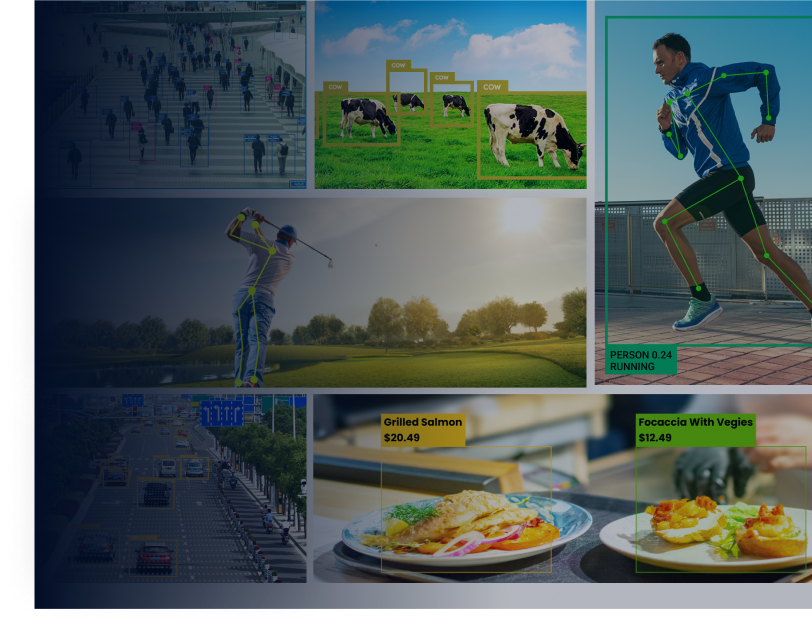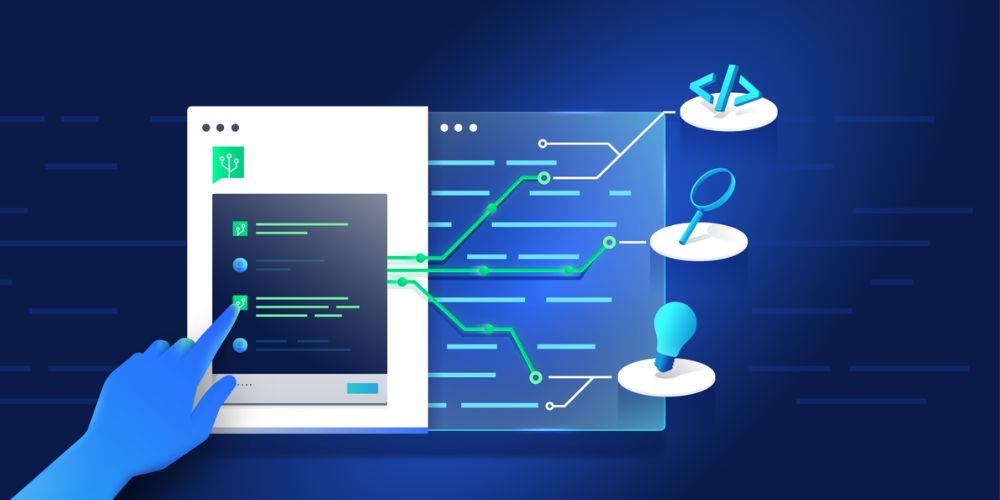Executive Summary:
In this comprehensive guide, we’ll delve into the realm of creating your very own generative AI chatbot. From understanding its purpose to designing its conversational flow and testing its efficacy, we’ll cover all the essential steps involved in crafting a sophisticated chatbot that can engage users effectively. Whether you’re a seasoned developer or a newcomer to the world of AI, this guide will equip you with the knowledge and tools needed to embark on your chatbot-building journey.
Introduction:
In today’s digital age, chatbots have emerged as powerful tools for businesses and individuals alike, streamlining communication processes and enhancing user experiences. However, building an AI chatbot from scratch can seem daunting, especially for those without coding expertise. That’s where generative AI chatbots come into play, offering a user-friendly approach to chatbot development without the need for extensive programming knowledge.
The Potential of Generative AI
The ability of Generative AI to imitate human-like interactions at a degree of sophistication formerly believed to be the sole preserve of human communication gives chatbots their power.
AI-Powered chatbots can comprehend and produce contextually relevant content in a coherent and strikingly human tone, unlike prior rule-based chatbots that could only respond to predetermined commands or words.
Thanks to this significant capacity, generating AI chatbots may participate in open-ended dialogues, giving users a more engaging and dynamic experience. They can respond to various user inputs, adapt to various conversational circumstances, and display some deductive thinking and originality.
The way that businesses connect with their customers is being revolutionized by this transformational technology, which makes it an effective tool for increasing customer service, automating processes, and customizing user experiences.
Step 1: Understanding the Purpose
The first crucial step in building an AI chatbot is identifying its purpose. Whether it’s providing customer support, improving user engagement, or automating tasks, defining the chatbot’s role will lay the foundation for its development.
By understanding the specific needs and goals driving the creation of the chatbot, developers can tailor its functionalities to deliver maximum value to users. Secondly, choosing the correct platforms is equally essential.
Now, let’s consider a scenario where we aim to create a chatbot for a fictional e-commerce platform. The purpose of this chatbot is to assist customers in finding products, answering queries, and facilitating purchases.
# Sample Python code for defining the purpose of the chatbot
chatbot_purpose = “Provide customer support and facilitate purchases on an e-commerce platform.”
Step 2: Choosing the Right Platform
With numerous chatbot-building platforms available, selecting the right one is essential. Generative AI chatbot platforms offer intuitive interfaces and robust features that simplify the development process. Some popular platforms for creating generative AI chatbots include:
- Dialogflow by Google: Known for its natural language understanding capabilities and integration with Google Cloud services.
- Microsoft Bot Framework: Offers comprehensive tools for building, testing, and deploying chatbots across various channels.
- Rasa: An open-source platform that allows for greater customization and control over chatbot functionalities.
Based on the specific requirements and preferences, developers can choose the platform that best suits their needs. For our e-commerce chatbot, we recommend using Dialogflow for its ease of use and seamless integration with Google services.
# Sample Python code for recommending Dialogflow as the chatbot platform
recommended_platform = “Dialogflow
Step 3: Data Collection and Training
The training stage of the development of your chatbot is crucial because it lays the groundwork for its conversational abilities.
In this step, you’ll dive into data collection and training to develop your generative AI model’s comprehension and ability to produce contextually appropriate replies.
You must first gather a dataset of conversations that relate to the goal of your chatbot. Consider building a chatbot for customer service; your dataset should include various customer questions and replies.
Gather information on product inquiries, client feedback, and referral requests for an e-commerce chatbot. This dataset provides real-world instances to train on, acting as the learning engine for your chatbot.
Step 4: Designing the Conversation Flow
Designing an effective conversation flow is key to creating a successful chatbot. Generative AI chatbots leverage natural language processing (NLP) algorithms to understand user input and generate contextually relevant responses.
By mapping out various conversation paths and incorporating decision-making nodes, developers can ensure that the chatbot interacts seamlessly with users and fulfills their needs.
# Sample Python code for designing the conversation flow in Dialogflow
# Import Dialogflow SDK
from dialogflow import Chatbot
# Define conversation flow
conversation_flow = Chatbot()
conversation_flow.add_intent(“greeting”, [“hello”, “hi”, “hey”])
conversation_flow.add_intent(“product_search”, [“find”, “search”, “show”])
conversation_flow.add_intent(“purchase”, [“buy”, “purchase”, “order”])
Step 5: Testing and Training the Chatbot
Once the chatbot’s conversation flow is designed, thorough testing is essential to identify and rectify any issues or inconsistencies. Generative AI-powered chatbots can be trained using real-life conversational data, allowing them to continuously improve and adapt to user interactions over time.
By collecting feedback from users and monitoring performance metrics, developers can refine the chatbot’s capabilities and enhance its effectiveness.
# Sample Python code for testing the chatbot’s functionality
# Simulate user interaction
user_input = “Hi, I’m looking for a yoga mat.”
response = conversation_flow.get_response(user_input)
print(response)
Step 6: Monitoring and Optimization
After deployment, ongoing monitoring and optimization are crucial to maintaining the chatbot’s performance and relevance. By analyzing usage data, identifying trends, and addressing user feedback, developers can make informed adjustments to the chatbot’s functionalities and improve its overall user experience.
Additionally, staying abreast of advancements in AI technology and incorporating new features and capabilities can ensure that the chatbot remains competitive and valuable in the long term.
# Sample Python code for monitoring chatbot analytics
# Import analytics library
import chatbot_analytics
# Monitor user interactions
user_interactions = chatbot_analytics.get_interactions()
analyze_data(user_interactions)
Step 7: Ethical Considerations
To maintain a pleasant and responsible online presence, it is crucial to consider ethical and compliance issues while your chatbot interacts with people.
Respecting the privacy of users:
Ensuring personal data is handled securely and openly can help your chatbot respect user privacy. To protect user information, adhere to data protection laws like the GDPR (General Data Protection Regulation).
Safety precautions:
Implement moderation and safety procedures to stop your chatbot from engaging in hazardous or inappropriate interactions. This involves removing objectionable material and confirming that the chatbot’s interactions adhere to community standards.
Conclusion:
In conclusion, building a generative AI chatbot offers a streamlined and accessible approach to leveraging the power of artificial intelligence for communication and interaction purposes. By following the steps outlined in this guide and harnessing the capabilities of modern chatbot-building platforms, developers can create sophisticated chatbots that enhance user experiences and drive business objectives.
With the right tools and techniques, the possibilities for AI chatbot development are virtually limitless, empowering individuals and organizations to connect with users in meaningful and impactful ways.

Dawood is a digital marketing pro and AI/ML enthusiast. His blogs on Folio3 AI are a blend of marketing and tech brilliance. Dawood’s knack for making AI engaging for users sets his content apart, offering a unique and insightful take on the dynamic intersection of marketing and cutting-edge technology.










